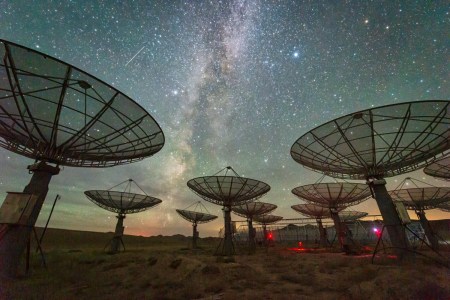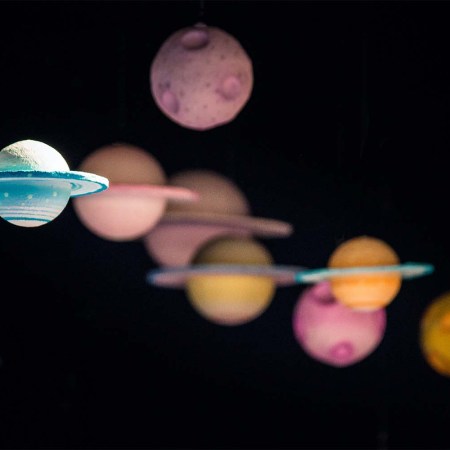For some of us on planet Earth, the search for extraterrestrial planets that could support life is a matter of expanding humanity into the stars; for others, it’s a fascinating thought experiment. But even if the idea of humans as a spacefaring species has some practical issues, it’s still worth considering, and it’s something numerous scientists have devoted plenty of time and energy to researching.
One of those scientists is Dr. Dániel Apai of the University of Arizona, who is also the principal investigator for the NASA-funded Alien Earths project. In an article recently published on Space.com, Apai provided a useful overview of what he and his colleagues are looking into — and how technological advances have changed their field and given them new resources to explore the cosmos.
It’s a challenging task, given the vast distances from which these scientists are working. “Our framework has to be able to work with small amounts of data and handle uncertainties,” Apai writes. “And, we need to accept that the answers will often not be black or white.”
Apai advocates for a system of telescopes in orbit that he and his colleagues have dubbed the Nautilus Space Observatory. In a 2023 article, he explained why this would be advantageous, noting it’s relatively lightweight compared to what’s currently in use. “Each individual telescope would be an independent, highly sensitive observatory able to collect more light than Webb,” he wrote at the time. “But the real power of Nautilus would come from turning all the individual telescopes toward a single target.”
European Space Agency Report Warns of Too Much Space Junk
It’s always been a problem, and it’s getting worseThis isn’t the only way that Apai and his colleagues have refined their exploration of other planets. He detailed a recent evolution in their approach, which involves weighing the likely environmental conditions on a certain planet against specific forms of life — something he acknowledges could have its limitations.
“[W]e can determine the probability that an organism and a habitat are compatible,” he writes, which could get us closer to understanding where else in the universe humans could survive. How we might get there is another story, but that’s a different corner of science altogether.
This article appeared in an InsideHook newsletter. Sign up for free to get more on travel, wellness, style, drinking, and culture.

















